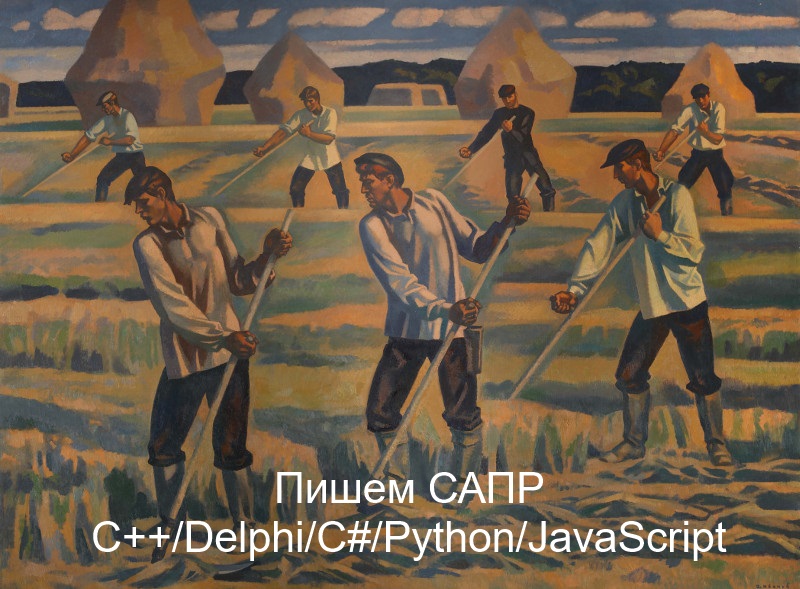
CATIA
The CATIA system from the French company Dassault Systemes refers to heavy-class CAD, i.e. focused on working with large 3D-assemblies and complex surfaces. It is used by almost the entire world aviation and auto industry.
Some software components for CATIA versions V5 and V6 were developed by the Novosibirsk company Ledas. Her contract with Dassault Systemes lasted from 1999 to 2011. During this time, the Russian team took part in the creation of the CGM geometric core and the Constraint Design Solver. This is not just about writing code, but about the complex mathematical algorithms on which the user-based 3D modeling functionality in CATIA is based.
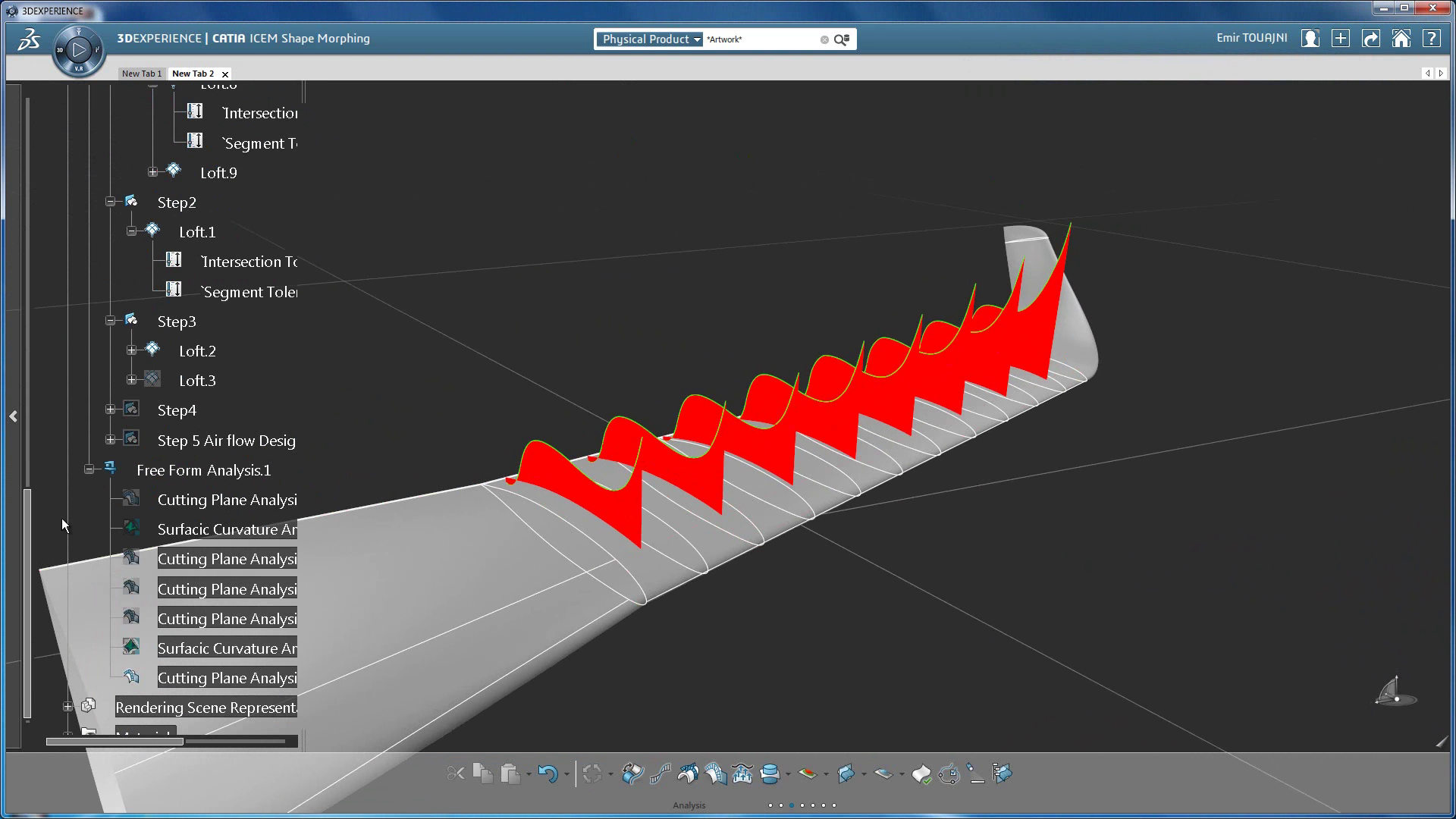
Photo: Dassault Systemes 3ds.com
In addition to components, Ledas is also involved in the CATIA end-user modules: CATIA - Product Engineering Optimizer and CATIA - Knowledge Advisor.
After 12 years at Dassault Systemes, Ledas is deservedly considered one of the strongest developers of custom engineering software (an incomplete list of its customers can be seen on the ledas.com website). We also cooperate with the Novosibirsk team: with its participation, a geometric core module was created to convert polygonal models into CAD models.
Bricscad
BricsCAD, a universal system for drawing and 3D modeling, works with the popular CAD-format DWG. Its developer, the Belgian company Bricsys, was bought last year by the Swedish IT giant Hexagon.
There are two Bricsys R&D centers in Russia - in Nizhny Novgorod and Novosibirsk. It is interesting that the Bricsys Novosibirsk team is closely connected with the already mentioned Ledas: after Ledas sold the rights to the products he developed to the Belgians, part of his employees under the terms of the contract transferred to the newly formed Bricsys Technologies Russia.
Bricsys does not hide its connection with Russia, but rather uses it as a plus to itself. This is the site of the Russian distributor of BricsCAD.
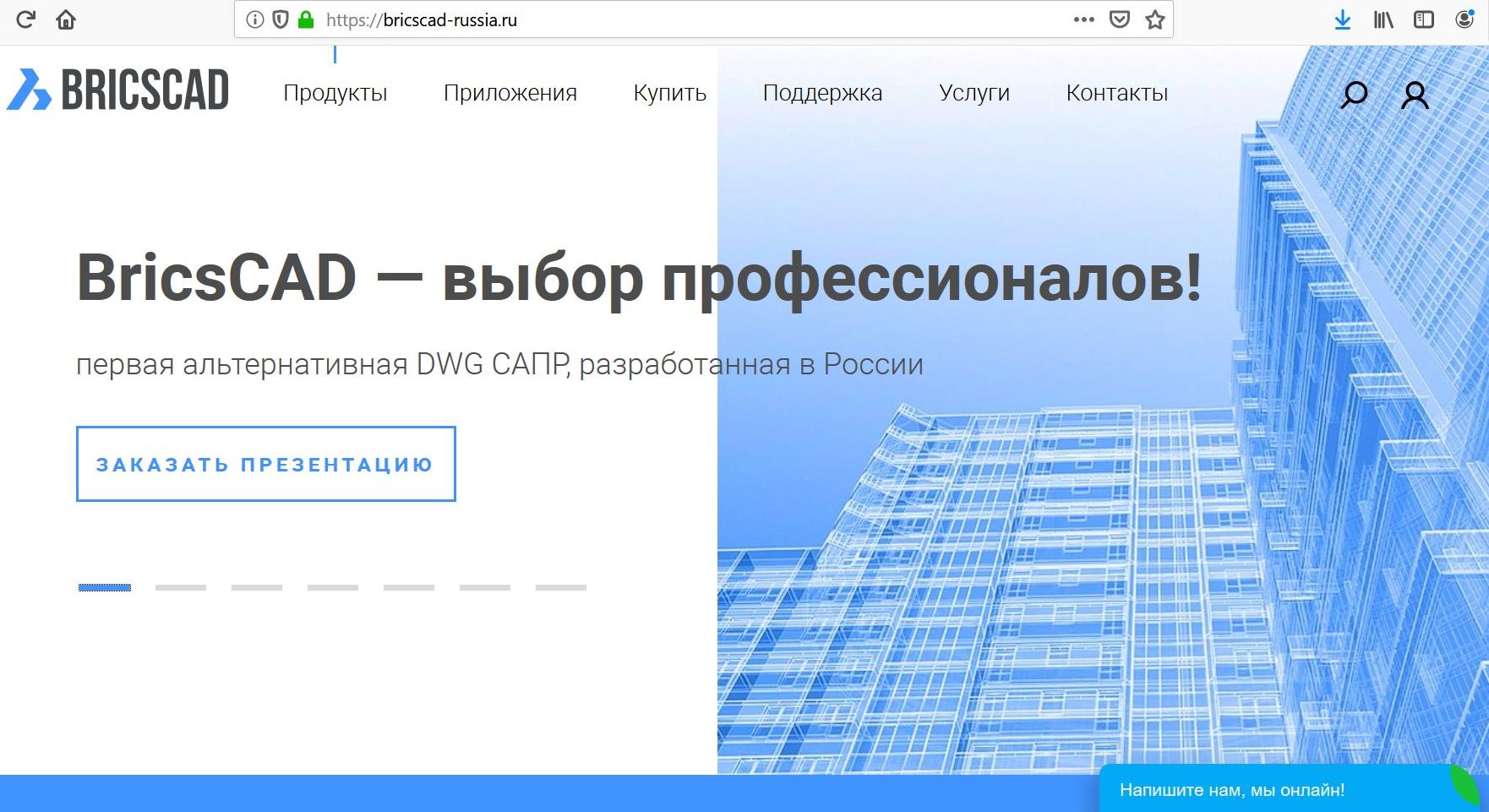
And journalists with pleasure mention in articles about Bricsys scientists from Siberia, each of whom has a PhD degree and was associated with the “Russian military” (the latter, by the way, is a fiction).
Turbocad
TurboCAD, a CAD system with roots from South Africa, today belongs to the American company IMSI / Design. Unlike Bricsys, she prefers not to talk about what her product is made in Russia. Since the beginning of the 90s, the development of TurboCAD has been fully engaged in the St. Petersburg team of SoftDev.
ARES
The ARES family of CAD applications, which are fully compatible with the DWG format, is developed by the German company Graebert GmbH (in the original Gräbert). This is a classic family-owned company: its founder and CEO Wilfried Gräbert, CTO is his son Robert Gräbert.
In the super-conservative CAD market, which is still arguing about the benefits of cloud technology, Graebert is among the few to develop the direction of mobile and cloud products.
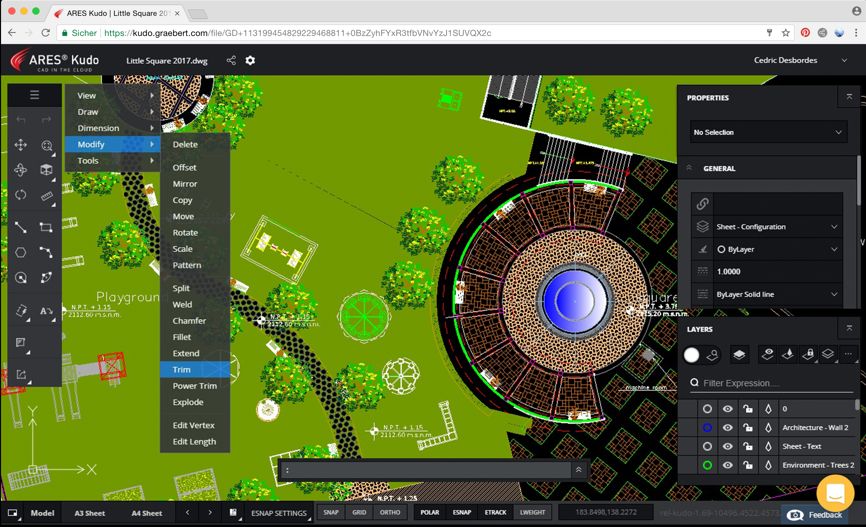
ARES Kudo (Cloud)
Photo: Graebert graebert.com
On its website, the company reports on three R&D centers, one of which is located in Russia, in St. Petersburg.
UPD 2. Thanks to Igorunius for the addition.
Intellicad
The CAD platform from the IntelliCAD Technology Consortium consortium is also focused on the DWG format and is one of the AutoCAD workalike products (identical interface, work of commands, built-in Lisp language). Its main development is concentrated in Nizhny Novgorod.
UPD 3. Thanks to SamarusZZZ for the addition.
Altium designer
Altium Designer, without exaggeration, is one of the most popular printed circuit boards in the world of CAD. Its developer Altium Limited, founded in Australia in 1985, has grown into a global vendor with headquarters in San Diego, Munich and Shanghai over 35 years.
In 2015, the company announced the opening of development centers in Moscow and St. Petersburg.
The Moscow office is involved in PCB tracing and the browser-based CAD Upverter.com project.
The St. Petersburg team is working on combining the functionality of mechanical and electronic CAD systems in Altium Designer and is developing the direction of Data Management.
We are particularly pleased that the Russian footprint in Altium Designer is also manifested in the use of our C3D geometric core for modeling flexible-rigid cards, pairing and exporting data to STEP and Parasolid X_T formats.
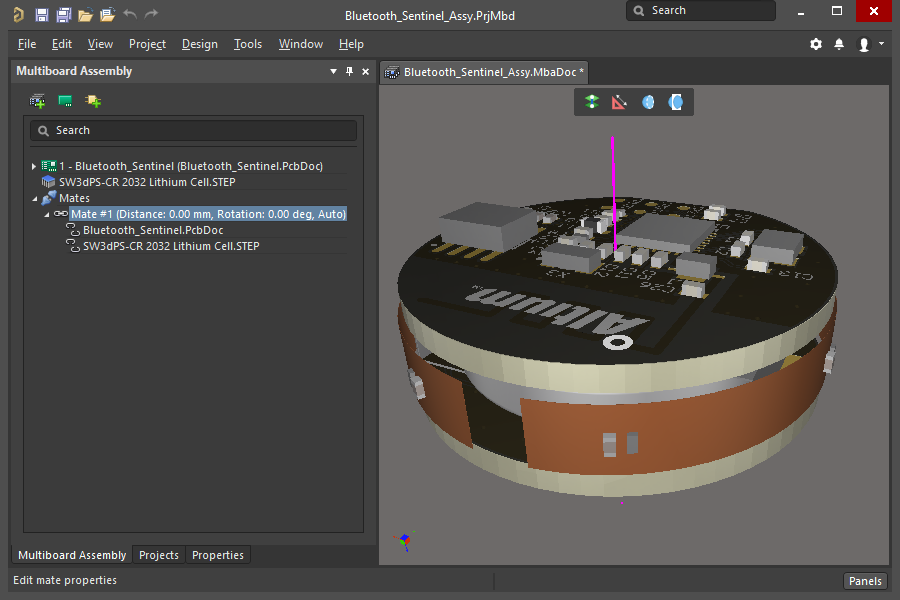
Altium Designer 19 on the C3D Geometric Core
Mentor graphics
Together with Cadence and Synopsys, Mentor is one of the top three global suppliers of electronics design software. In 2017, the company was bought by Siemens for $ 4.5 billion, after which it became its division of Mentor, a Siemens business.
The Mentor Graphics development center officially opened in Moscow in 2008. At that time, it presented two areas: algorithms for tracing printed circuit boards and methods for analyzing and verifying high-speed printed circuit boards. The number of employees is 45 people.
In addition to electronic CAD, Mentor is known for its software for modeling the flow of liquids and gases. Some of the products are of Russian origin: the FloEFD package for hydro-gas dynamics and heat transfer was originally created at MIPT and continues to be developed in Moscow.

Presentation at FloEFD User Day, cadflo.ru
Cadence
The second member of the big three electronic CAD systems of Cadence Design Systems also has a development center in Moscow. It contains teams of different product lines, including extraction of microcircuit parameters, calculation of signal delays in silicon chips, and physical verification.
Synopsys
Finally, the No. 1 electronics design software provider with annual revenues of over $ 3 billion is also associated with Russia. In 2010, Synopsys opened an R&D center in St. Petersburg, which is developing software for ARC processor solutions and photolithography tools. According to the company's website, 60 people work in it.
Silvaco
We learned about this company thanks to peacefulatom . Silvaco has been engaged in software for the design and manufacture of microelectronics for 35 years. As befits a global IT company, its headquarters is located in California.
The founder of Silvaco Ivan Pesik, a native of Yugoslavia (Montenegro), studied at the Moscow State University for some time. Until now, the company belongs to the Pesik family.
Since its launch, Silvaco has absorbed several EDA developers in the USA and France and today it is a large international company, one of the development centers of which is located in Moscow.
Esprit
The Esprit CAM system from American DP Technology automates the preparation of control programs for CNC machines. The Tomsk company Rubius, known as a talented and versatile outsourcer and vendor of its own products in the field of CAD, GIS, task management and even furniture, takes part in its development. Right now, the company is looking for programmers for another Esprit project.
Six years ago, Rubius already wrote on our geometric core the Esprit ExtraCAD design system, which was supposed to work in conjunction with Esprit. But for some reason DP Technology refused to develop this project.

Esprit ExtraCAD on the C3D Geometric Core
Open Design Alliance (ODA)
The non-profit Open Design Alliance consortium began with the idea of providing support for the DWG format independently of Autodesk. Over time, ODA has become a provider of a whole set of SDKs for engineering software: visualization, interoperability, data publishing, Web development. At the beginning of the year, the consortium announced its own 3D geometric core - a kind of Hi-End among software components.
All this diversity with incredible speed is written mainly by Russian developers: ODA R&D centers are located in St. Petersburg and Nizhny Novgorod, part of the work is performed by Novosibirsk Ledas (again Ledas!).
Open cascade
The only representative of free software Open Cascade Technology on our list is a set of libraries and development tools for surface and solid-state 3D modeling, visualization and translation of CAD data. For brevity, we can call it the geometric core. Support for the open source kernel and custom development of applications based on it is carried out by the French company Open Cascade SAS and its production unit, Datavision in Nizhny Novgorod.

Visualization example with Open Cascade Technology tools
Photo: Open Cascade SAS opencascade.com
In an interview with Linux Format magazine, a company representative said that the administration and project managers work at the head office in France, and the main technical work is being done by a Russian team of about 70 engineers.
AutoLISP
In conclusion, a retro story about Autodesk. She was told on Habré several years ago by one of the founders of the Nanosoft company Dmitry Popov. Read and find out that “in the initial implementation from Autodesk, LISP was monstrously slow, erratic. It was clear that nothing serious could be written on it. But later it became exactly the weapon that allowed AutoCAD to trample competitors in the CAD niche for PC. And this weapon of victory was forged for Autodesk by two Russian scientists named Petrov and ... Petrov. "
If we missed someone in the article, supplement in the comments. Let's make an update. Well, it's time to prepare a great review of real Russian CAD!
UPD 1. Added Cadence and Synopsys.
PS For KDPV, we took the picture "Kosca" by Viktor Ivanov.